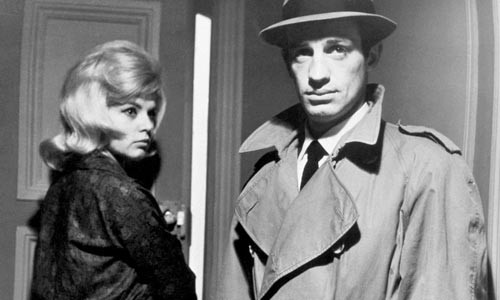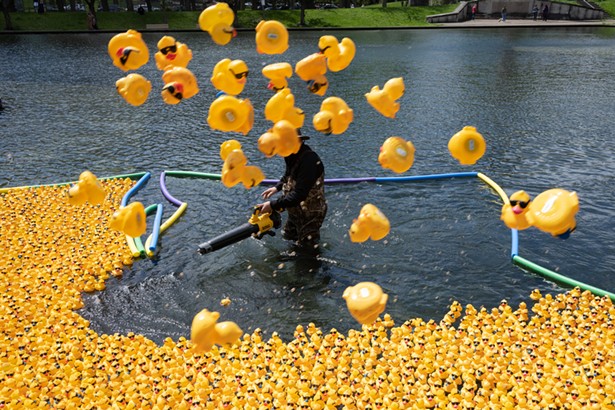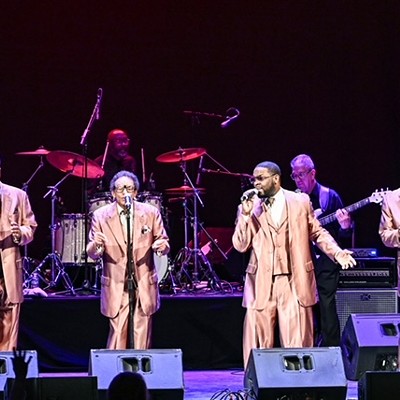Right away in Jean-Pierre Melville's 1962 crime drama Le Doulos, we're tipped to be wary of what we see. An opening intertitle explains that in underworld slang "le doulos" denotes a police informant. Who will it be? Will Melville make us privy, or will we be set up for betrayal, too? Thus, we begin tense, and stay that way, as the film opens with a long, unbroken shot tracking a man walking purposefully, if nervously, along a misty subterranean passage.
Frankly, the first hour of the film often borders on confusing. The events occur naturally, but it will be some time before Melville begins to lightly sketch in the links between them. The walking man, we learn, is Maurice (Serge Reggiani), when he enters the home of former accomplice in a robbery. Maurice murders the man, buries the loot and the gun, then returns to the Paris apartment of his girlfriend, Therese (Monique Hennessy).
There, he borrows safe-cracking equipment from a not-quite-trustworthy colleague named Silien (Jean-Paul Belmondo) for a sure-thing heist. But the robbery goes wrong: The cops have been tipped, and a shoot-out kills Maurice's buddy and a policeman. Meanwhile, Silien has a number of puzzling encounters -- with Therese, with the police and with a shady nightclub owner who is now shacked up with Silien's old flame (Fabienne Dali).
The exposition is all very precise and lean, and if we're puzzled, we're also compelled. And it's hard not to be drawn into such a fine-looking, well-crafted film. Filmed in lustrous high contrast black and white by cinematographer Nicholas Hayer, Le Doulos offers shadows, silhouettes and the other suggestive visuals, such as characters shot in reflected mirrors.
Le Duolos proudly wears its allegiance to American film noir on the sleeve of its rumpled, belted raincoat, not just with aesthetics, but also in tone. (In 1956, Melville co-wrote and directed the broody gangster flick Bob le Flambeur.)
Melville's characters (and especially, Silien) exhibit an arch Gallic coolness that suggests the vibe of burgeoning New Wave cinema, while still winking at their fictional hardboiled American forbearers. These men slug their molls, toss back whisky at a Southern-themed nightclub called the Cotton Club, and pilot flashy American cars. (In at least two scenes, the characters effectively give up parking these 20-foot-long boats in the tight Parisian streets)
Yet even in the bleakest, grayest Hollywood noirs, the often morally compromised protagonist at least had a code, some allegiance to law, natural justice, family or colleagues. Le Doulous offers no hero or villain, and not even the romantic notion of honor among thieves. (Even the cops in Le Doulos mock this underworld brotherhood, as of course, does the film's title.)
This is a closed world of self-interest -- even before we learn the real reasons behind various subterfuges and betrayals, self-preservation is always evident. Yet, lest one suspect that any of these calculating, opportunistic individuals stand a chance, Le Doulos nudges an uncredited player to the fore: fate. In French, with subtitles. Starts Fri., March 21. Regent Square
















